I've many questions about this circuit diagram. I found it on the datasheet of NCP1012. It is a switching mode power supply SMPS.
- Are E1 and E2 electrolytic capacitors and C1 and C2 Ceramic Capacitors?
- What is the value of C2? Is it 2.2 nF? and what is the meaning of /Y next to its value?
- What are the numbers that are around transformer pins? Is number 5 connected to ground?
- What are J1 CEE7.5/2 and J2 CZM5/2? I think they are simply output and input.
- What is the turns ratio? If I need a 5 v output, Should I change the ratio?
